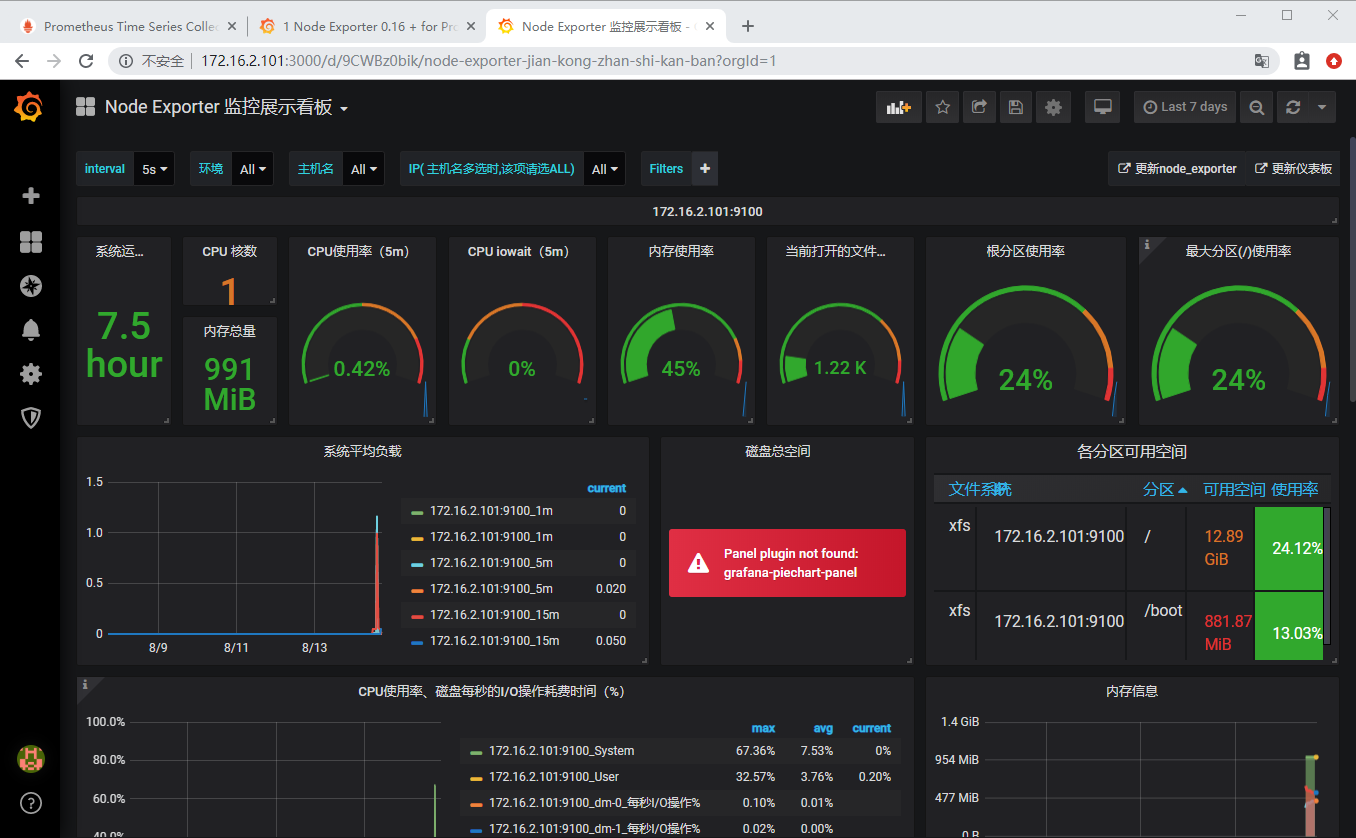


There were a wealth of tried-and-tested monitoring tools available when Prometheus first appeared. Prometheus released version 1.0 during 2016, so it’s a fairly recent technology. How Prometheus compares to other Kubernetes monitoring tools All of these services are designed to support redundancy and sharding. are performed by different composable services. Modular and high available components: Metric collection, alerting, graphical visualization, etc.Some of them can be configured to filter and match container metadata, making it an excellent fit for ephemeral Kubernetes workloads. These Prometheus servers have several methods to auto-discover scrape targets. Service discovery: The Prometheus server is in charge of periodically scraping the targets so that applications and services don’t need to worry about emitting data (metrics are pulled, not pushed).You can check that the metrics are correctly exposed by using your web browser: Metrics are human readable, in a self-explanatory format, and published using a standard HTTP transport. Accessible format and protocols: Exposing prometheus metrics is a pretty straightforward task.
NODE EXPORTER SERIES
It allows for flexible and accurate time series data, powering its Prometheus query language.
NODE EXPORTER SOFTWARE
Now you have a huge number of volatile software entities, services, virtual network addresses, and exposed metrics that suddenly appear or vanish. Containers and Kubernetes: Container-based infrastructures are radically changing how we do logging, debugging, high-availability, etc., and monitoring is not an exception.Monitoring needed to be democratized, made more accessible, and cover additional layers of the stack. Now, developers need the ability to easily integrate app and business related metrics as an organic part of the infrastructure, because they are more involved in the CI/CD pipeline and can do a lot of operations-debugging on their own. DevOps culture: Prior to the emergence of DevOps, monitoring consisted of hosts, networks, and services.Two technology shifts took place that created a need for a new monitoring framework: Click to tweet Why use Prometheus for Kubernetes monitoring
NODE EXPORTER FULL
Monitor your #Kubernetes cluster using #Prometheus, build the full stack covering Kubernetes cluster components, deployed microservices, alerts, and dashboards. Additional reads in our blog will help you configure additional components of the Prometheus stack inside Kubernetes (Alertmanager, push gateway, grafana, external storage), setup the Prometheus operator with Custom ResourceDefinitions (to automate the Kubernetes deployment for Prometheus), and prepare for the challenges using Prometheus at scale. How Prometheus compares to other monitoring solutionsĪfter this article, you’ll be ready to dig deeper into Kubernetes monitoring.Intro to Prometheus and its core concepts.
NODE EXPORTER HOW TO
We’ll cover how to do this manually as well as by leveraging some of the automated deployment/install methods, like Prometheus operators. You will learn to deploy a Prometheus server and metrics exporters, setup kube-state-metrics, pull and collect those metrics, and configure alerts with Alertmanager and dashboards with Grafana. This guide explains how to implement Kubernetes monitoring with Prometheus. Prometheus monitoring is quickly becoming the Docker and Kubernetes monitoring tool to use.


 0 kommentar(er)
0 kommentar(er)
